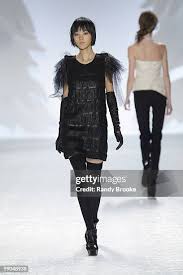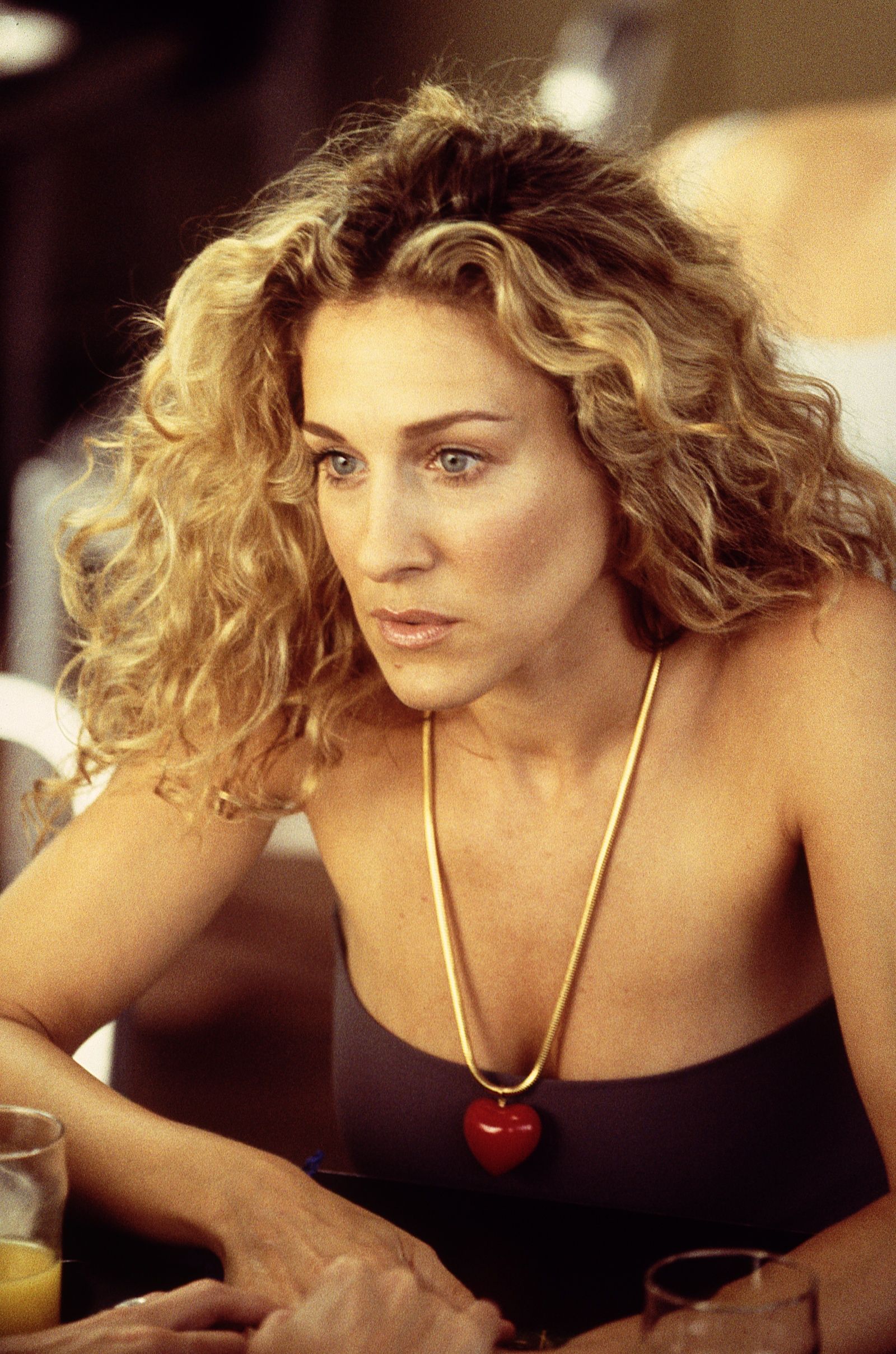
Introduction
Vera Wang is a name synonymous with luxury fashion, particularly in the realm of bridal wear. Her distinctive designs and iconic aesthetic have transformed the wedding industry since she launched her first bridal collection in 1990. Known for her innovative approach, Wang’s dresses often feature unique silhouettes and intricate details that satisfy the desires of modern brides. With the rising interest in sustainable fashion and evolving consumer preferences, the significance of Wang’s work becomes even more relevant today.
Early Life and Career
Born on June 27, 1949, in New York City, Vera Wang was raised in a traditional Chinese family. After an impressive career as a figure skater, she shifted her focus to fashion, working for renowned brands like Ralph Lauren. Wang was appointed as the design director at Ralph Lauren at the young age of 23, shaping her understanding of high fashion. Her journey into bridal design began when she could not find a wedding dress that met her expectations for her own wedding in 1989.
The Launch of Vera Wang Bridal
Vera Wang’s eponymous bridal line debuted in 1990, offering modern yet timeless designs that redefined traditional wedding wear. Her dresses quickly gained popularity among celebrities and brides alike, with notable figures like Alicia Keys and Kim Kardashian donning her creations. Wang’s innovative use of fabrics, including silk, satin, and tulle, and her expert tailoring, have made her a sought-after designer. As she expanded her brand, she introduced a range of other apparel, including evening wear and accessories.
Recent Developments and Influence
In 2023, Wang continues to captivate audiences with her collection whilst also adapting to contemporary trends such as sustainability. She has introduced eco-friendly fabric options and resized her clothing lines to accommodate a broader range of body types. Furthermore, she has embraced digital marketing and social media to engage with a younger audience. Her influence extends beyond clothing, as she has successfully ventured into homeware and fragrances, proving that her design aesthetic resonates across multiple domains.
Conclusion
Vera Wang’s contribution to the fashion industry is undeniable. Her ability to innovate while maintaining a sense of elegance and tradition has solidified her status as a fashion icon. As sustainability continues to shape the future of fashion, Wang’s commitment to eco-conscious practices may pave the way for the next generation of designers. Readers can look forward to seeing how Vera Wang’s legacy evolves and continues to influence the art of fashion design for years to come.
You may also like

Billy Eleikana: A Talented New Force in the Fashion Industry

The Rise of Draya Michele: Fashion Icon and Businesswoman
